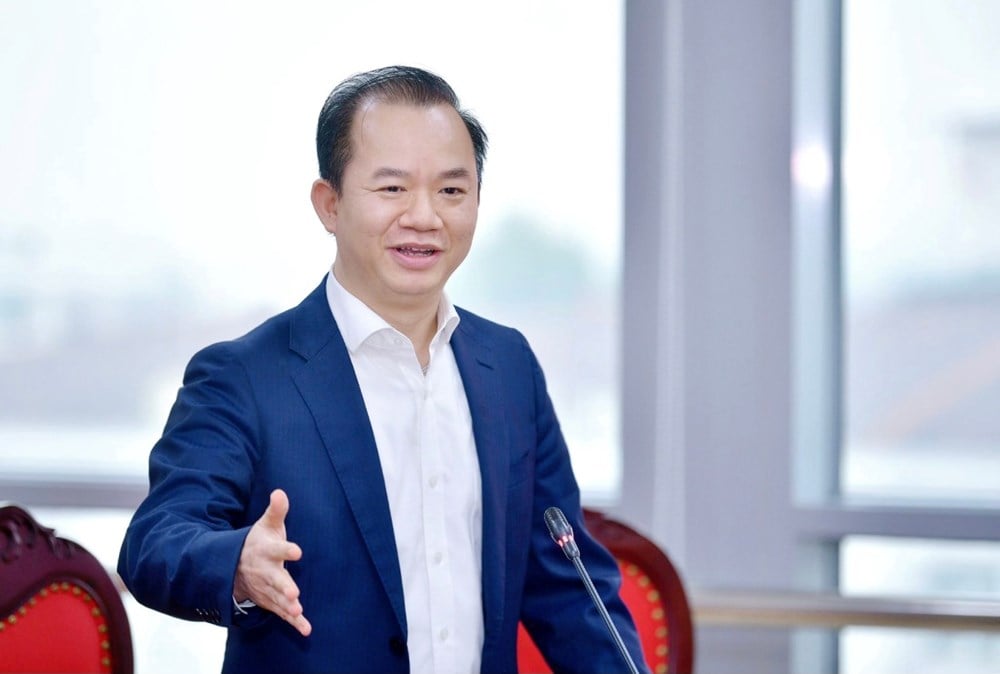
Therefore, he suggested that the National Assembly , the Government and the drafting agencies should correctly recognize the position and role of art education, considering it an organic part of national education. Institutionalizing the characteristics of this field is not only a technical legislative requirement, but also a way for us to nurture the "soft power" of the nation in the era of integration and creativity.
"We are discussing three draft laws that are fundamental to the future of the country - the Law on Education, the Law on Vocational Education and the Law on Higher Education (amended). It can be said that these are three laws that shape the development of the nation, because education is the place to sow the seeds of knowledge, personality and creativity of Vietnamese people in the new era.
I would like to focus on a specific field that is currently disadvantaged in the national education system – art education. This is the land that nurtures the soul, identity and creativity – the values that make up the “soft power” of the nation, but is currently considered to be institutionally disadvantaged,” said delegate Bui Hoai Son.
He pointed out the painful reality that exists today when for many years, art education has been struggling between two states: "half-regular, half-special". Professional art training institutions, from music , dance, theater, cinema to fine arts, all face difficulties in recruiting students, in determining the program framework, training time, diploma recognition, quality assessment and especially in financial mechanisms.
According to him, the underlying cause is that the current law has not recognized the characteristics of art education as a separate subsystem in the national education system. When these three draft laws are amended together, this is the golden time for us to review and institutionalize those characteristics in a complete and consistent manner, creating a foundation for the sustainable development of the field which is considered the "soul" of the national culture.
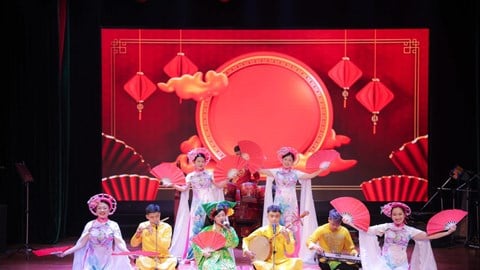
Need separate mechanisms and policies for specialized training in art
"From domestic practice and comparison with international experiences such as Korea, France, and Japan, it can be affirmed that art education can only truly develop when it is legalized as a specific type of training, with its own criteria on goals, programs, organization, and policies," the delegate concluded.
He also proposed four major specific groups that need to be institutionalized. First, regarding the goals and learners: Art education aims to develop aesthetic perception and creative expression, not just impart knowledge. Learners are often recruited from a young age and study continuously for 7-9 years, so the usual age and time frame of general education cannot be applied.
Second, regarding the program and methods: The art program is closely linked to professional practice, with a high proportion of individual and small group learning. Assessment cannot be based on multiple choice or written exams, but must be through performance, composition, staging, and public performances – products that carry emotional and creative value.
Third, regarding teachers, accreditation and qualifications: Art teachers are both artists and lecturers; many are highly talented but lack qualifications that meet current standards. Therefore, there needs to be a mechanism for recognizing professional competence in parallel with academic standards. Quality accreditation criteria and output standards also need to be separate – they cannot be measured by technical or social science disciplines.
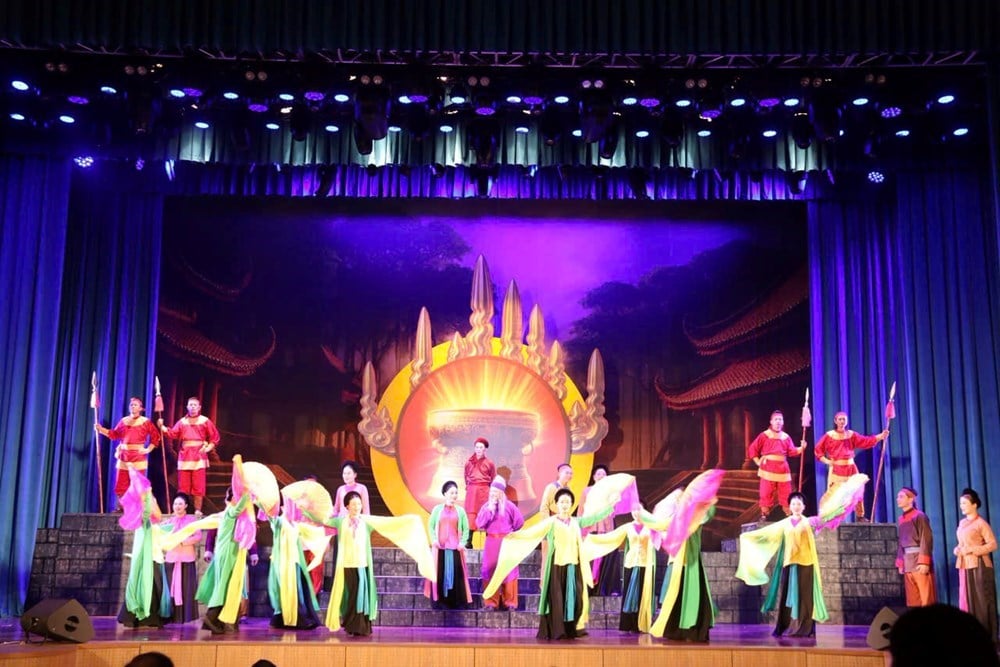
Fourth, regarding policies and support: This is a field that requires high costs for props, costumes, stages, and performances. It is necessary to legislate policies on scholarships, support for young talents, tuition exemptions, and special admission and graduation policies. The policy on the treatment of art teachers must also be separate and appropriate to the characteristics of creative labor.
Appreciating the Government's efforts in regulating the above specific issues in this Draft Law, delegate Bui Hoai Son suggested that the Drafting Committee should have a provision assigning the Government to issue decrees and the Ministry of Education and Training to issue circulars guiding the implementation of specific regulations on art education.
Consider the possibility of building a separate Decree on the organization and management of art education in the national education system, and submit it simultaneously with the draft laws. This will be an important legal basis for the Ministry of Education and Training to closely coordinate with the Ministry of Culture, Sports and Tourism in managing this field.
"Hanoi – as the country’s cultural, educational and creative center – needs to be identified as the “locomotive of national arts education”. The city has enough conditions to pilot a separate management, enrollment and accreditation model for the arts sector; at the same time, develop art schools to become the “nucleus” in the cultural industrial ecosystem of the capital.
If done well, Hanoi will not only train artistic talents but also contribute to forming a creative force - a special human resource for the knowledge economy and cultural industry of Vietnam in the new period, delegate Bui Hoai Son proposed.
Source: https://baovanhoa.vn/van-hoa/can-nhin-dung-vi-tri-vai-tro-cua-giao-duc-nghe-thuat-176413.html








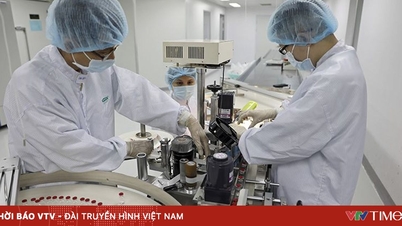

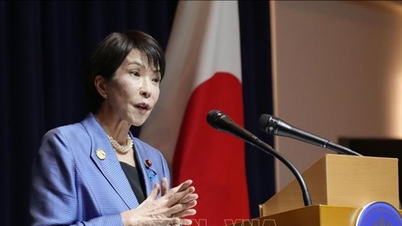

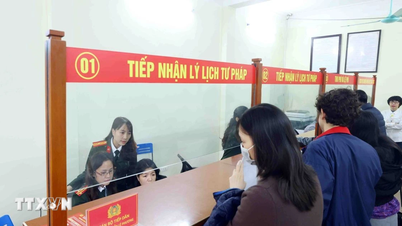

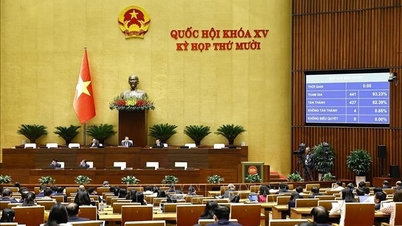

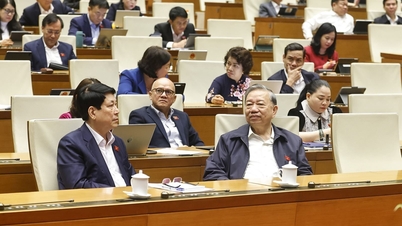
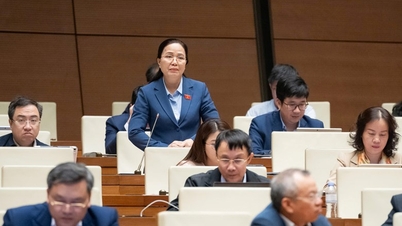



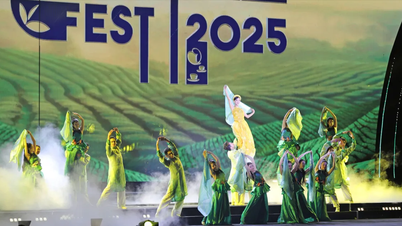



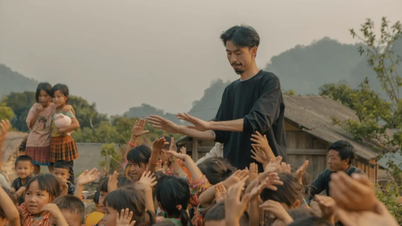
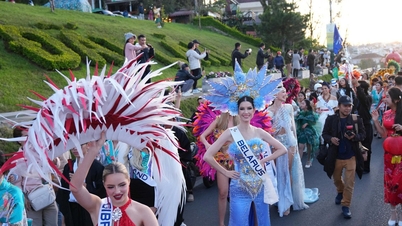








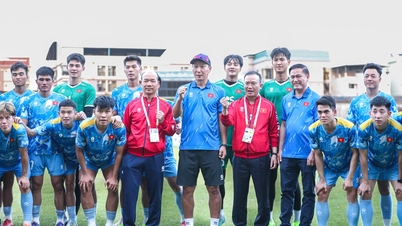

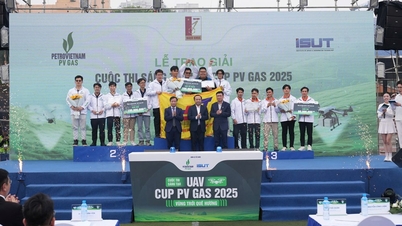
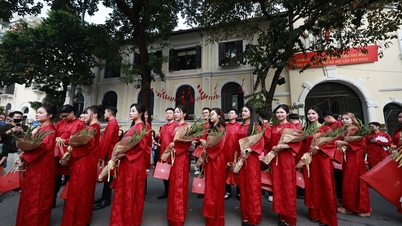
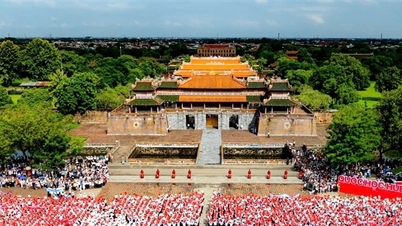

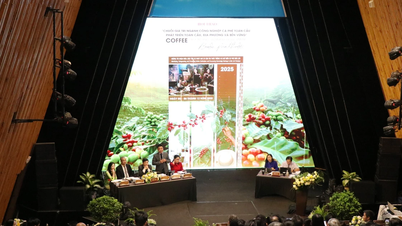
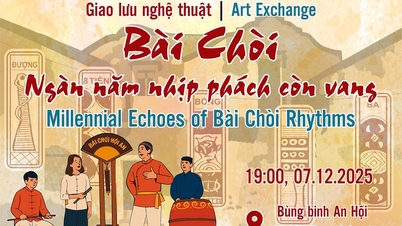
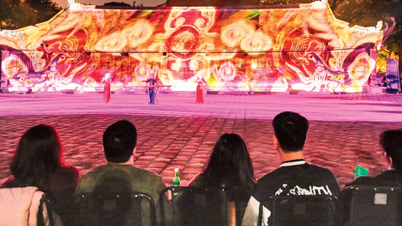

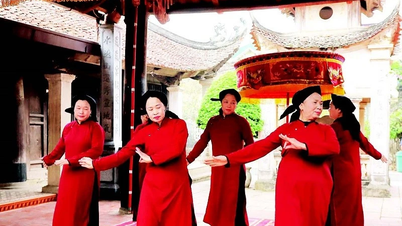
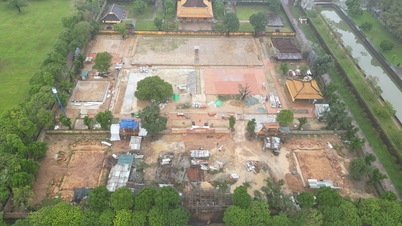
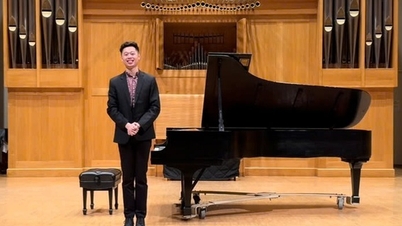

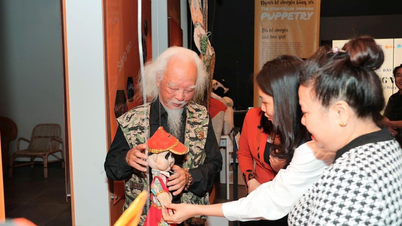
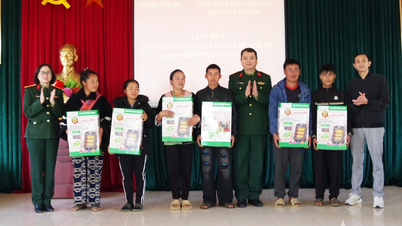
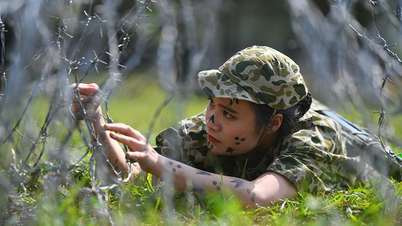



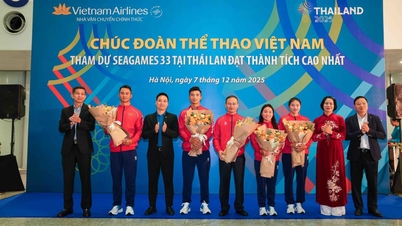


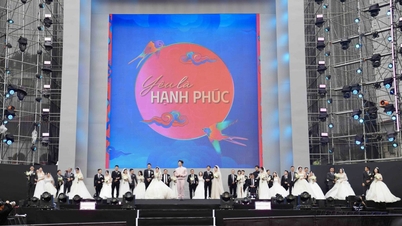

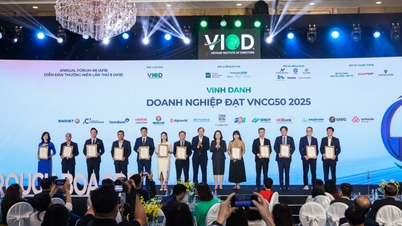







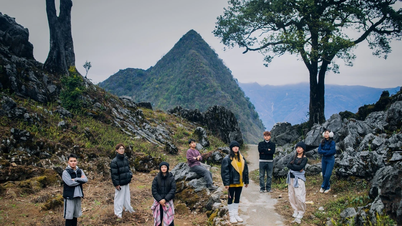
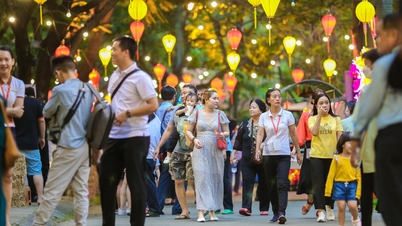


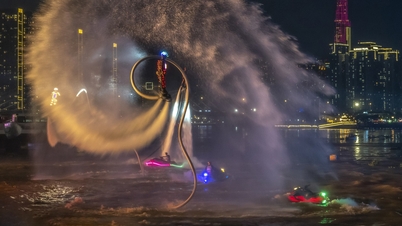
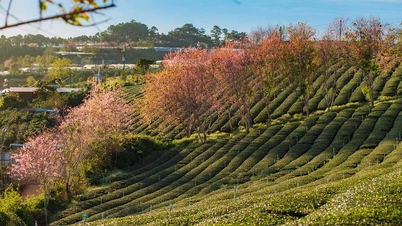





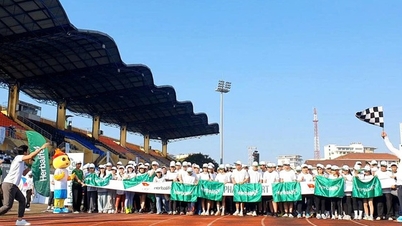
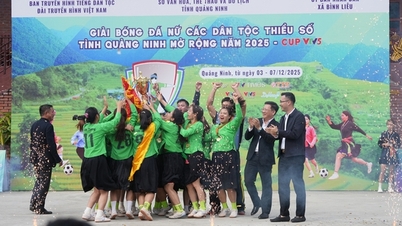
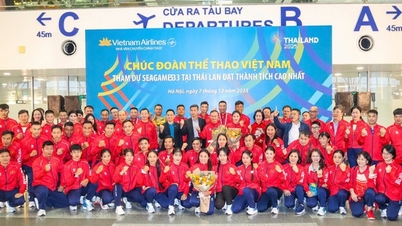
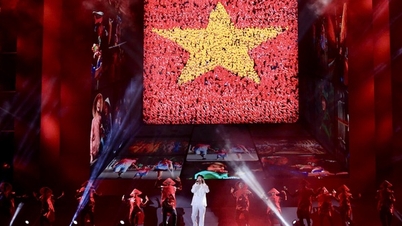


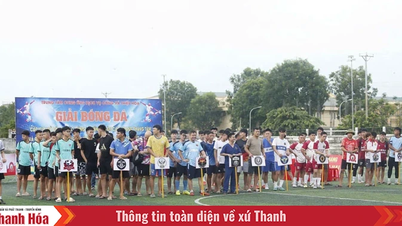

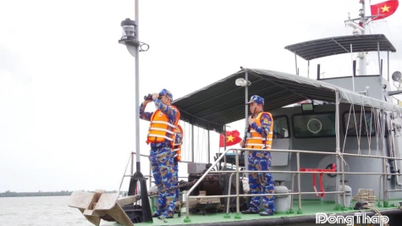

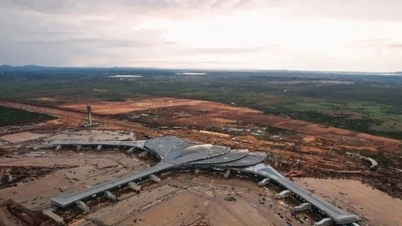
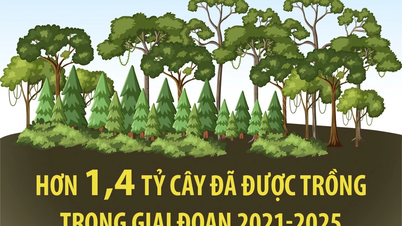

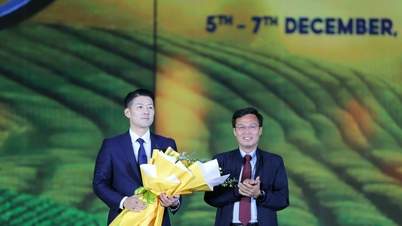


















Comment (0)